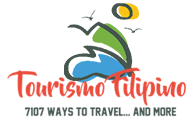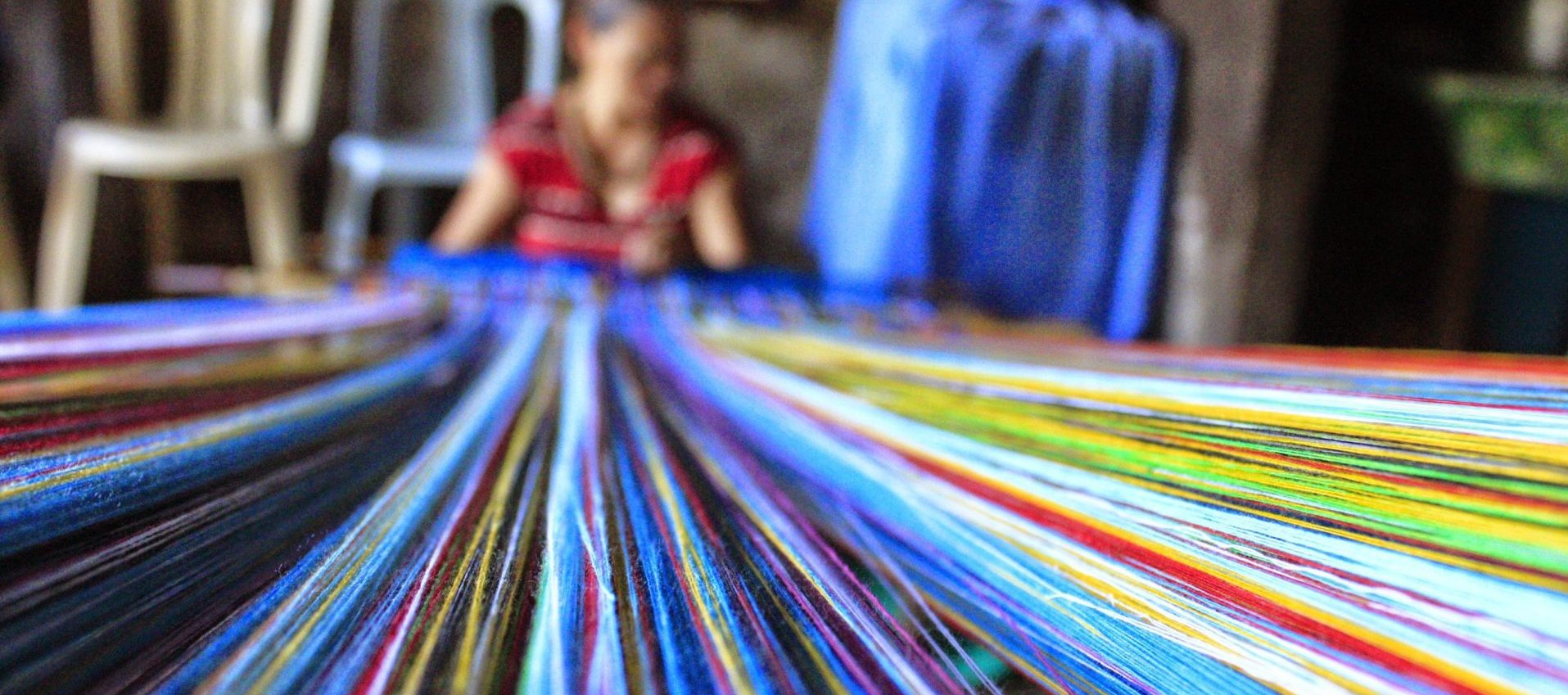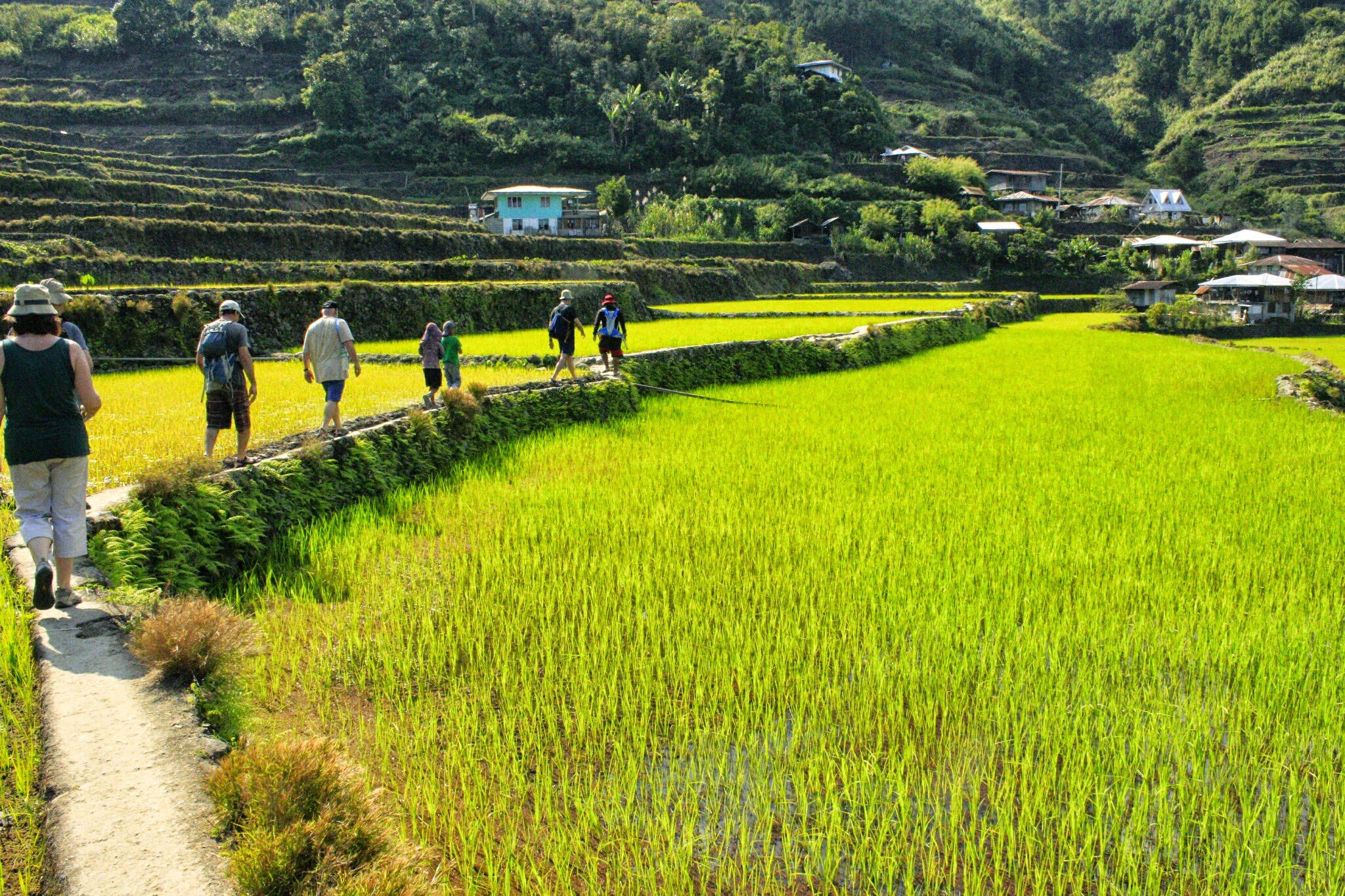
Guide to Kalinga Province
A general description of the province
Kalinga, the province where tribal wars once raged, was once closed to visitors and lacked infrastructure. Today, after the “Budong” peace agreements through a council composed of tribal representatives, it allows exploration of the hidden corners of the province.
Throughout the province, rice terraces, stunning landscapes, and friendly people who once fought in bloody wars, offer a unique experience. The highlight is the traditional hand-tapped tattoo village, known as “Buscalan,” located in the barangay of Butbut in the Tinglayan council area, named after the tribe. This is a culture on the brink of extinction, and there is a real concern that it may disappear from the world. The last of the tattoo artists, Whang-Od, a very elderly woman of around 106 years, struggled to pass on her knowledge in its entirety to her niece, the last hope of the village.
The village is hidden amidst the mountains of the province, accessible after a roughly 3.5-hour journey on a partially paved road, passing through breathtaking rice terraces, crossing villages and tribes, and finally climbing dozens of steps leading to the legendary tattoo artist’s village.
The tattoo culture had two main reasons for its existence in the village. First, to commemorate the achievements of the warriors by tattooing specific marks on their bodies after they had killed their enemies in the tribal wars they engaged in. Second, for identification purposes, as each warrior had their unique tattoos. Even if their heads were decapitated and taken by the enemy, it would still be possible to identify the warrior.
In the short video: Wang-Od – The Last Traditional Tattoo Artist
In the province, right near the central city of Tabuk, a formidable river flows during the rainy season and becomes less intimidating in the summer. This is where an amazing rafting experience takes place, suitable for various skill levels and different levels of expertise. Professionals usually come between the months of October and December when the river flows with force, but even beginners can enjoy this attraction on the calmer stretch of the river.
Getting to the province is easy and doesn’t require long hours of travel – just a one-hour flight to a nearby airport and an additional hour to the central city of Kalinga, Tabuk. Of course, a trip to the province requires a local guide from one of the tribes, and arrangements should be made in advance before arriving there.
The place offers adventurous sports from the top shelf. Mountain biking, motorcycling, tricycle rides, and even jeep tours in breathtaking areas.
They say our culture defines who we are. I cannot agree or disagree with this statement, but one thing I am sure of is that it is very exciting to get to know and immerse oneself in a new culture. So, what do you know about the cultures that exist in Asia? My guess is very little. The Philippines is one of the Asian countries characterized by a rich and diverse culture.
If you want to experience the Filipino culture at its best, then Kalinga Province is the place to be. This province is located in the Cordillera region of Luzon Island. It is a landlocked province, bordered by Isabela to the east, Abra to the west, Cagayan to the north, and Apayao to the northeast. Kalinga has a population of around 210,000 people and its capital is Tabuk.
The Banga dance, originating from Kalinga Province
This is the (updated) guide to the province of Kalinga if you are planning to visit it:
Access:
The province of Kalinga is primarily accessible by land, using roads. If you are planning to visit this province from Manila, you will need to do so by air. The flight takes you to Tuguegarao Airport from Manila, and fortunately, there are daily flights to this airport. The flight from Manila to Tuguegarao takes nearly an hour.
From Tuguegarao, you continue your journey towards Tabuk. You can rent a 4X4 vehicle (although it’s not mandatory at this stage) and drive yourselves, or you can take a local bus. This journey will take about an hour and a half. The bus makes stops at several villages along the way, so the bus ride will take longer.
Accommodation:
You are now in Tabuk, Kalinga. I assume the journey was tiring for you, so you’ll need to eat and rest a bit. In this town, there are six main hotels and one restaurant, all of which offer quality service and hospitality.
You can find lodging options in any of the seven possibilities, depending on your preferences. You don’t need to worry about the prices, as they are all affordable. You can book a room for your entire stay and settle in comfortably.
Now you can go and have a meal. This will be your first opportunity to taste traditional Filipino cuisine in this new culture. You can start by ordering the dishes you want to try. If you have a camera, this is the perfect time for a selfie. I promise you it will be an unforgettable moment with an interesting story behind it. Thank your guide to Kalinga Province one of these days for reminding you to take a photo.
Now you can go to sleep and start your journey the next day.
Weather
The weather in Kalinga is tropical. There is one rainy season each year. The rains start from the end of April to the beginning of November. This season is also the planting season in this area. July to October are considered the rainiest months. During these months, only roads suitable for all weather conditions are suitable for driving. Most other roads generally become impassable due to being covered in mud. From the end of November to the beginning of April, it is the dry season in this area.
Temperatures in the area range from 21 degrees Celsius to 27 degrees Celsius, depending on the weather. During the dry season, temperatures tend to be on the lower side, and during the wet season, on the higher side.
Aside from the muddy roads during the wet season, the weather here is generally comfortable.
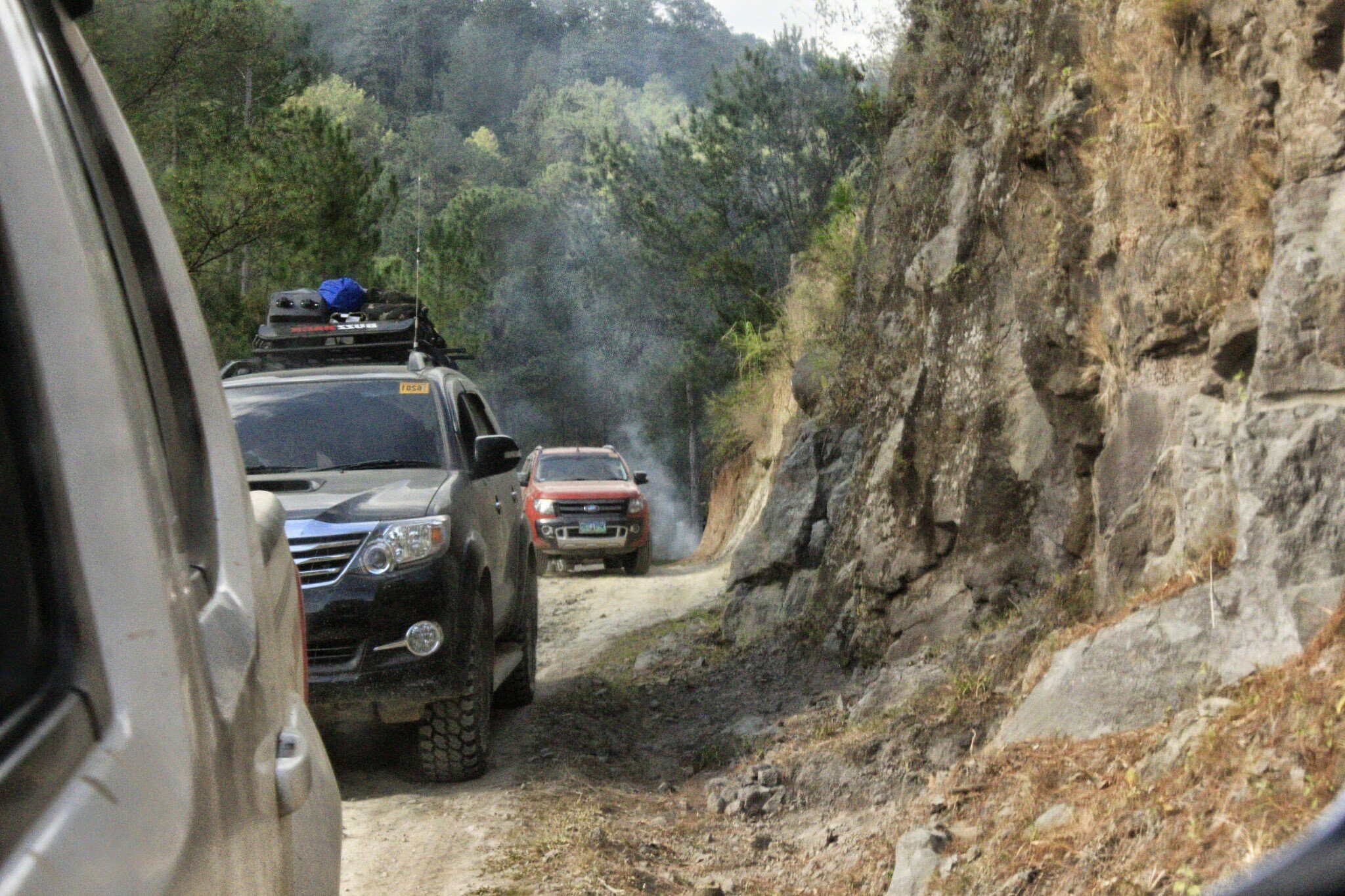
The area
The surface of Kalinga is breathtaking and constitutes one of the province’s main attractions. This area is particularly mountainous, with several peaks rising above 750 meters. These mountains are covered with dense tropical forests, primarily of oak trees. The mountains and thick tropical forests play a significant role in influencing the local weather conditions in this region.
The province has two main sources of water: two major rivers. These are the Chico River and the Kagaian River. These rivers are the primary sources of fresh water for the locals. Additionally, there are also several lakes in the area.
Tourist Attractions
The mountains in Kalinga are especially suitable for trekking, offering tourists a tropical experience combined with mountain trekking.
On the other hand, the rivers and lakes are great for fishing. You can spend your time fishing with the locals. The lakes are suitable for swimming, and the rivers offer an exciting experience in kayaking and rafting, especially during the rainy months when the water flow is strong.
This area is also abundant with camping sites. You can set up camp by the lakes, rivers, or even in the mountains. This will give you a chance to experience nature like you’ve never experienced before, thanks to the Kalinga Province guide.
We offer jeep tours deep into the province, taking you to areas that tourists rarely visit, and if they do, it’s in very small numbers compared to other places in the Philippines. It’s like a hidden paradise for culture enthusiasts!
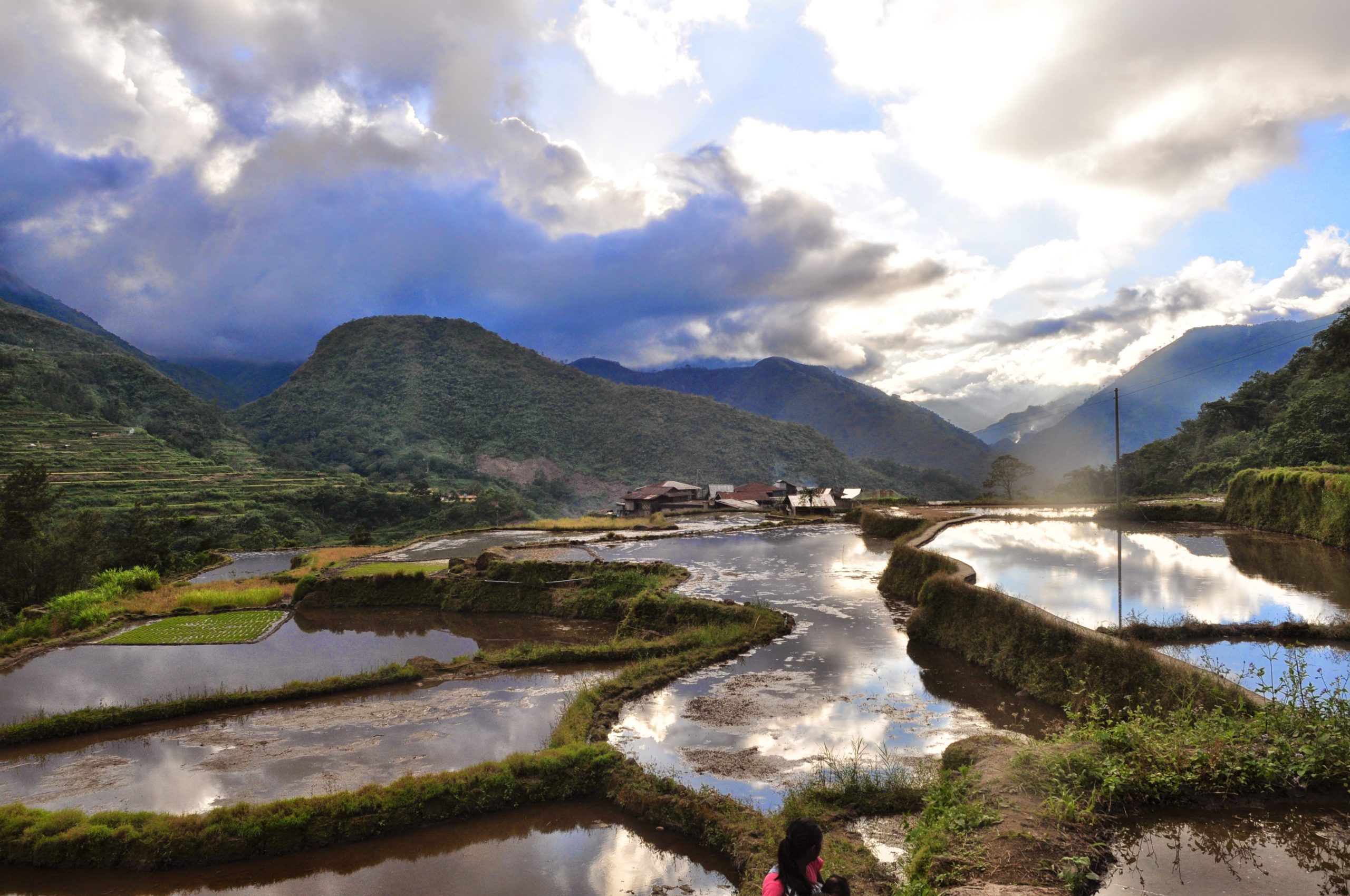
Agriculture
Apart from fishing, the people of Kalinga also heavily rely on agriculture to meet their livelihood needs. Rice is the primary staple and source of income in this region, making it the most commonly grown crop here. As you enter the province’s rural areas, you’ll witness the vast, endless rice fields that cover the entire landscape.
One of the most incredible sights is the rice terraces built on the mountainside. These terraces turn agriculture into a form of art. You won’t be able to help but admire the rice terraces as you explore the area. Their beauty makes them a tourist attraction in this region. You can return and visit the rice fields on the following days. If you choose to trek between the mountain ridges and slopes, you’ll undoubtedly be captivated by the experience. This will help you understand that there is still much to learn about agriculture while you hike amidst stunning landscapes.
Culture
In the province of Kalinga, you can have direct contact with the native Filipinos. You can experience and learn about their culture firsthand. You will be amazed at how the people of the region manage to preserve their culture free from Western influences.
Your time in Kalinga will provide you with an opportunity to learn about the way of life of the locals. You can learn about their history and their traditional governance system. How the people here exercise independent rule and resolve conflicts. You can also delve into their ancient beliefs and traditions. As time passes, you can even learn recipes from their traditional kitchens. And, of course, there are many other aspects of the local culture beyond what is mentioned in this guide.
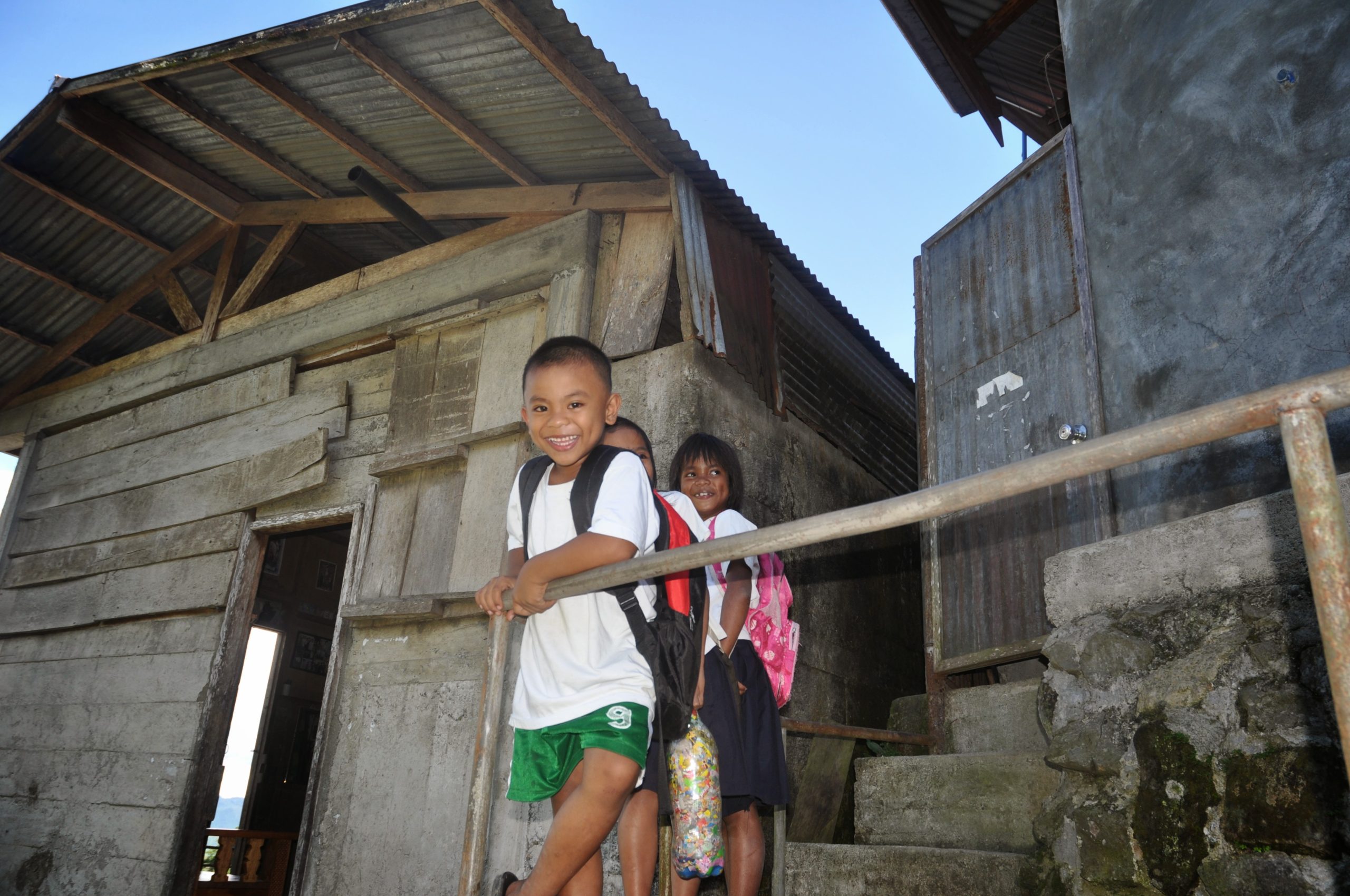
Aguinaldo Museum
This is the only museum in the province (though it’s located in Baguio). Its purpose is to preserve the culture of the Kalinga people. This museum is the most physical documentation of Kalinga culture. You can find pictures of the region from over a hundred years ago, as well as various artworks and handcrafted items. The traditional weapons tell the stories of the region’s traditions. There are also displays of traditional crafts like clothing and cooking utensils. A visit to this museum will surely pique your interest in this culture. I assume you’ll have countless questions to ask the guide. Don’t be surprised if you find yourself returning to this museum the next day to learn more about the local culture.
Economic Activities
Rice cultivation is the mainstay of the local economy. In this province, you’ll find some of the largest rice fields in Luzon. The people of Kalinga are also skilled in various crafts. They engage in weaving baskets and creating pottery. Metalwork is another thriving trade in the region. In the local scene, people are involved in making various handicrafts to support themselves economically.
Other Things to Do in Kalinga
There are several other activities you can add to your list while staying in Kalinga. This guide brings them together below:
Connect with the elders in the community.
Meet the tattooed women of Kalinga.
About 40 or 50 years ago, the women of Kalinga didn’t wear upper garments. To maintain a beautiful body, they adorned their hands and shoulders with tattoos. The ancient designs of these tattoos are quite astonishing. The tattooed women take great pride in them. When you see the tattoos, you’ll understand why.
The famous tattoo artist in the region has tattooed over 5,000 people. At that time, the reward for a tattoo was a pig. Imagine how many pigs she managed to collect. As a visitor, if you want your own tattoo, you’ll need to part with over 500 pesos for an exclusive work of art.
Body tattoos are not common among the younger women in the region. Most of them cannot bear the pain of the tattooing process.
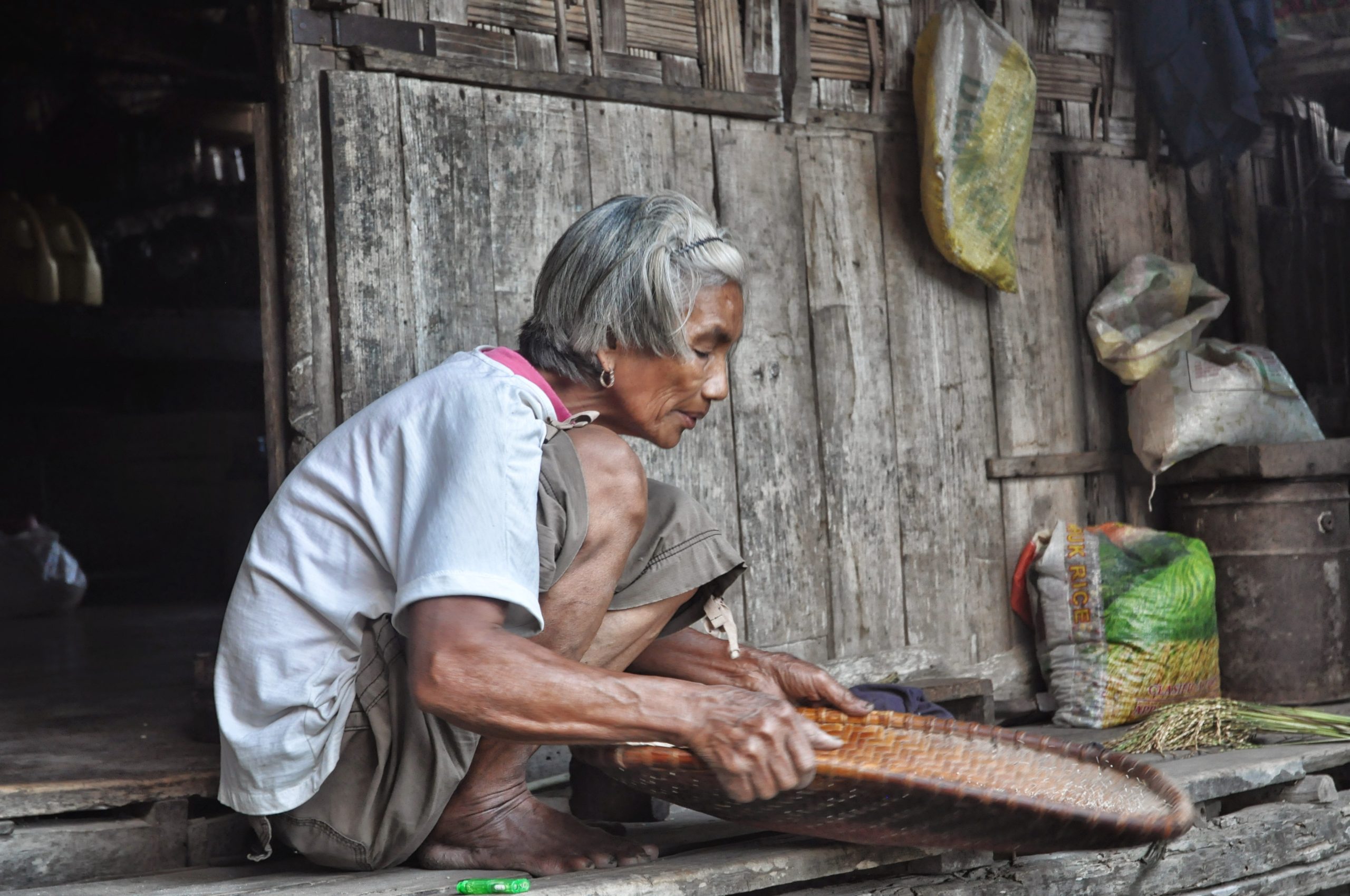
Visit Palan ah Waterfalls
This is one of the places that this guide insists you must visit in the province of Kalinga as a must-see attraction. Palan ah Waterfalls are breathtaking. The sight of water cascading from the rocks is quite impressive. The waterfalls are tall, and the surrounding area is particularly beautiful. When visiting the waterfalls, there are two things you must take with you: a camera and swimwear. Since the view of the waterfalls is not the only attraction here.
The water from the waterfall accumulates in a natural Jacuzzi. You can simply undress and relax in the warm waters, a wonder in itself. The water is neither too hot nor too cold. I believe you can spend the rest of the day here.
Visit Buaya Caves
If you enjoy hiking, then Buaya Caves should be at the top of your list. These caves are located in the foothills of some of the best mountain hiking trails in the region. This route will provide you with a unique opportunity to experience the nature and wildlife of Kalinga.
Visit Balbalasang National Park
Experience the wildlife in this national park. You can get up close to rare animals from the region and enjoy the beauty of a unique tour. There are several other amazing places to visit in Kalinga. You’ll discover them during your stay.
Safety Measures
To ensure that your trip is enjoyable and amazing as it should be, please take the following safety precautions:
Use a local guide – You are guests here, so it’s crucial (very, very crucial, especially in Kalinga) that you have someone who knows and understands the area well enough to be your guide. The mountainous areas, forests, and caves can be quite dangerous for those unfamiliar with the place. Just to caution you, you might even get lost if you venture alone. A local guide will keep you safe from any harm and can provide you with firsthand information about anything you want to learn or know.
Carry medications – You’re traveling in a tropical area, so you’re exposed to tropical diseases. For this reason, it’s essential to have basic antibiotics with you. If you don’t feel well during the trip, seek immediate medical attention. Don’t take unnecessary risks.
We wish you an enjoyable trip to Kalinga. Enjoy!
Agyamanak! (Thank you)

